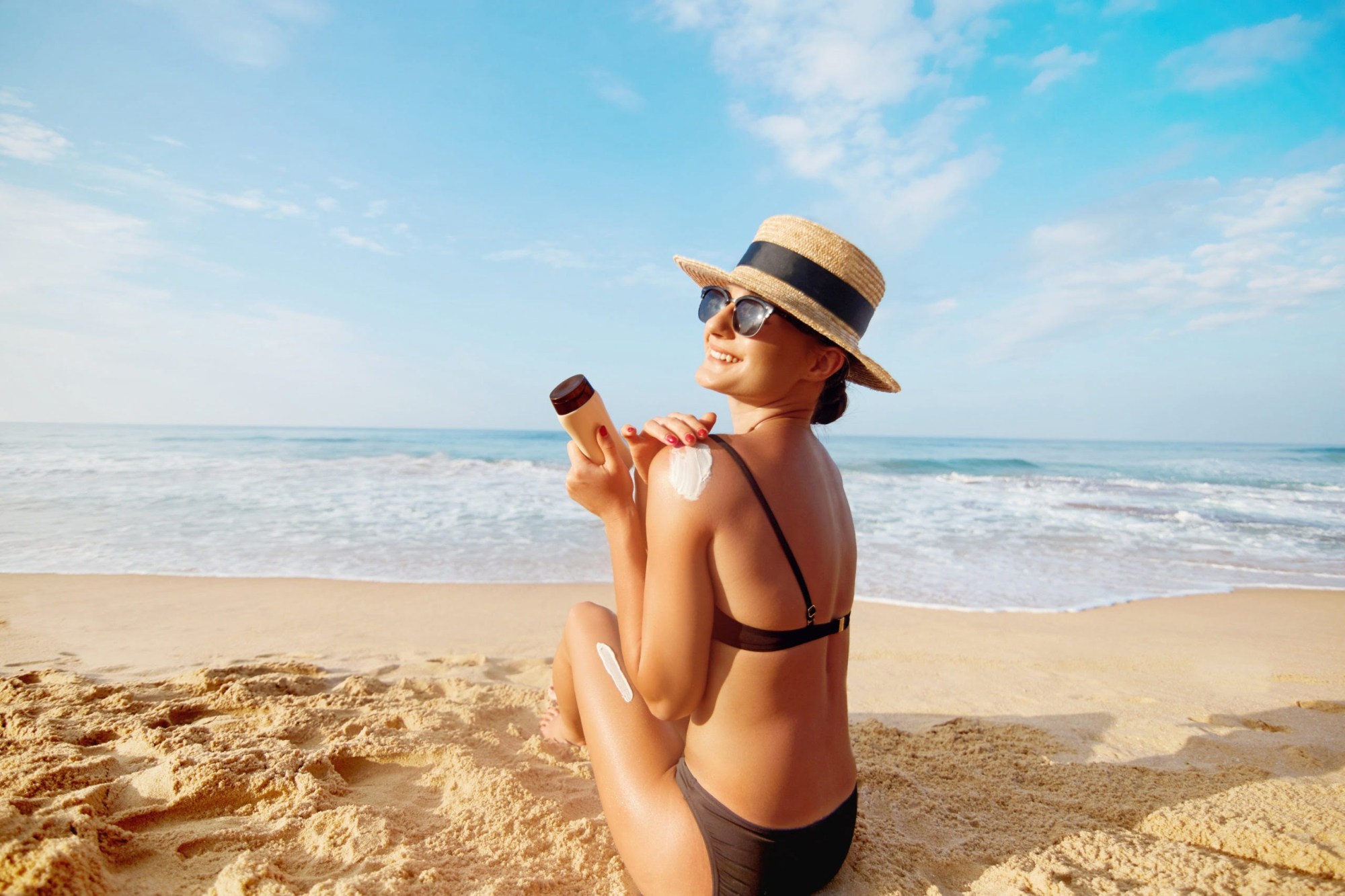What Does Reef Safe Sunscreen Mean?

Coral reefs offer a magnificent display of color and biodiversity that is not only an incredible sight to see but is an important part of a healthy ocean ecosystem. Coral reefs also happen to be extremely fragile. There are many stressors that a coral reef can experience including pollution, climate change, overfishing, and sunscreen. Ingredients in certain sunscreens pose a real threat to the health of a coral reef, so choosing a reef safe sunscreen is essential when visiting areas with a coral reef. But what does reef safe sunscreen mean?
Why Is Reef Safe Sunscreen Important?
It is important to apply sunscreen when you are enjoying some time on the water, but be aware of what ingredients are in your sunscreen before you jump in. Once your skin comes in contact with the water, much of the sunscreen will wash off. Thousands of tons of sunscreen end up in the waters surrounding reefs every year. Plenty of studies have shown that the chemicals in traditional sunscreen might be a significant factor in the decline of coral reef health.
What Does Reef Safe Mean?
It may seem easy enough to pick up a bottle of sunscreen that says “reef safe” on the label, but unfortunately this term is not regulated, so just because it says “reef friendly” or “reef safe” doesn’t mean that it is. Be sure to check the active ingredients and avoid sunscreens that contain reef harming chemicals.
Are Chemical Sunscreens Reef Safe?
One of the easier ways to figure this out is to differentiate between chemical sunscreens and mineral sunscreens, aka physical sunscreen. Chemical sunscreens absorb into the skin and then absorb UV rays before they penetrate your skin deeply enough to cause damage. As a general rule of thumb, chemical sunscreens will not be reef safe because of the chemical ingredients they contain.
Sunscreen Ingredients to Avoid
- PABA
- Parabens
- Oxybenzone
- Octocrylene
- Octinoxate
- Triclosan
- Homosalate
- 4-methylbenzylidene camphor
- Any form of microplastic, such as “exfoliating beads”
- Nanoparticles or “nano-sized” zinc or titanium
Are Mineral Sunscreens Reef Safe?
To start narrowing down your search for reef-friendly sunscreens, you can start by only looking for a mineral sunscreen. Mineral sunscreens use ingredients like oxide and zinc oxide to create a physical barrier between your skin and the sun. Instead of absorbing into your skin, they sit on top of the skin and deflect harmful UV rays before they enter your skin. Not all mineral sunscreens will be reef safe though. If the sunscreen says it uses “nano-sized” ingredients or “nanoparticles” it will not be reef safe. Look for micro-sized or non-nano.
It is also important to avoid misting sunscreen applicators because they can be harmful to the ozone or harmful when inhaled. Choose a lotion or even a powder sunscreen.
Do I Have To Use Reef Safe Sunscreen?
In some places like Hawaii, Aruba, and the US Virgin Islands, the sale and use of chemical sunscreens have been banned. There is also a proposed federal ban on chemical sunscreens in all US National Marine Sanctuaries containing coral reefs. Whether you are visiting an area that requires reef safe sunscreen or not, there are no downsides to choosing it over a chemical sunscreen. Mineral sunscreen is just as effective at protecting your skin.
Stay Reef Friendly in Turks and Caicos
There aren’t any official laws about reef safe sunscreen in Turks and Caicos yet, but visitors and locals are strongly encouraged to use biodegradable, reef safe sunscreen to help keep the coral reefs healthy. When choosing to book a boat charter tour with Caicos Dream Tours, we ask that you use only reef safe sunscreen to keep our coral reefs beautiful.
{
“@context”: “https://schema.org”,
“@type”: “FAQPage”,
“mainEntity”: [
{
“@type”: “Question”,
“name”: “Why is reef safe sunscreen important?”,
“acceptedAnswer”: {
“@type”: “Answer”,
“text”: “Reef safe sunscreen is crucial because coral reefs are an essential part of a healthy ocean ecosystem and are extremely fragile. Many stressors can impact coral reefs, including pollution, climate change, overfishing, and harmful sunscreen ingredients. Thousands of tons of sunscreen end up in the waters surrounding reefs every year, and studies have shown that chemicals in traditional sunscreens might significantly contribute to the decline of coral reef health.”
}
},
{
“@type”: “Question”,
“name”: “What does ‘reef safe’ mean in sunscreens?”,
“acceptedAnswer”: {
“@type”: “Answer”,
“text”: “The term ‘reef safe’ on sunscreen labels suggests that the product does not contain ingredients harmful to coral reefs. However, this term is not regulated, so it’s essential to check the active ingredients. Avoid sunscreens with reef-harming chemicals, even if they are labeled as ‘reef safe’ or ‘reef friendly’.”
}
},
{
“@type”: “Question”,
“name”: “Which sunscreen ingredients should be avoided to ensure they are reef safe?”,
“acceptedAnswer”: {
“@type”: “Answer”,
“text”: “To ensure a sunscreen is reef safe, avoid ingredients like PABA, parabens, oxybenzone, octocrylene, octinoxate, triclosan, homosalate, 4-methylbenzylidene camphor, and any form of microplastic such as exfoliating beads. Also, avoid sunscreens with nanoparticles or nanosized zinc or titanium.”
}
},
{
“@type”: “Question”,
“name”: “Are there places where the use of non-reef safe sunscreens is banned?”,
“acceptedAnswer”: {
“@type”: “Answer”,
“text”: “Yes, some places like Hawaii, Aruba, and the US Virgin Islands have banned the sale and use of chemical sunscreens. There is also a proposed federal ban on chemical sunscreens in all US national marine sanctuaries containing coral reefs. While Turks and Caicos don’t have official laws about reef safe sunscreen, visitors and locals are strongly encouraged to use biodegradable, reef safe sunscreens.”
}
}
]
}